Just over 300 years ago a very rich man on the verge of bankruptcy built a grand house and a water tower. Three hundred years later, both still exist, and you can go inside the water tower, but not the house.
Sir John Fellowes was the man, who made his fortune as a director of the South Sea Company, and in 1716 acquired, through some slightly iffy tax dodging means, a house in Carshalton. This was rebuilt into a grand new Georgian style with an artificial lake in front. And then in 1721, he commissioned a large water tower to be built. However, although on the opposite side of the like away from the house, it was built right in front of the front door, as this was no ordinary water tower.
Indeed, the water tower is arguably the smallest part of the building and sits on top of a much larger square building which includes an orangery, a salon, and a very deep bathing room.
Sir John knew he was in trouble when he commissioned the water tower, as the South Sea Company bubble had burst the year before, causing a major financial crisis, and although he was to lose almost his entire wealth in fines issued by Parliament later that year, he was allowed to keep Carshalton House.
He died just a few years later, in 1724. The house passed through numerous owners, then a military cadet training centre, and in 1880 was bought as a Roman Catholic school, which it remains to this day.
In 1991, a small change took place, when the Carshalton Water Tower and Historic Garden Trust was set up to preserve and restore the water tower. These days, the water tower is open every Sunday from mid-April to around October time.
If you visit on the 1st or 3rd Sunday of the month, you can also visit the Hermitage, a stone folly built in the gardens — except when I arrived, I was told the Hermitage is closed due to building works.
Which left me with the tower, and an external view of the house.
The tower is in two halves, the grand ground floor which is impressive mainly for the double-height space and — at the time — very expensive windows, and you can look into the room with the deep bath and peer at the original delft tiles. A central room directly under the water tower looks quite magnificent thanks to being undecorated so you can see the massive brick arches needed to support the tower above.
There is a video on a small TV in a corner playing a snippet from Lucinda Lambton’s TV documentary where she gushes about the tower. There’s also an exhibition at the moment about how artists have painted the tower over the centuries (displayed backwards on my visit), and then up a staircase and through a small door to the water tower.
Sadly, you can’t go up to the top of the water tower, but can walk around what is effectively the roof of the building below and get a good close up look at the tower, with its brick arches and stone decorative features.
There’s a good view across to Sir John’s house across what was the lake but is now mainly a deep valley of planting. There’s not a lot else to see up here, but it’s an excellent chance to get up close to the tower and peer over the parapet at the road beneath.
With the Hermitage closed you can still wander over, with a guide, to the house and hear a bit about its history and how it has changed over the 300+ years of its life.
Apparently, there are some pretty good rooms preserved inside, but you can’t see them. Also, as I learned on arrival, the Hermitage could be looked at from a distance, but not up close due to the building works.
A note, their website says that any closures will be posted on their website and Facebook page, and there’s nothing on there about the Hermitage being closed. It will likely be open in September, but if you are making a special visit, I might delay until October, or next year so you can do both the Tower and the Hermitage.
Candidly, the Tower isn’t that tall so you can’t get amazing views from the roof level you get to, and a bit irked about the unadvertised closure of the Hermitage — but assuming it is as good as the photos I’ve seen online — then go when the Hermitage is open and it’ll likely be a good trip to have made.
Check their website for opening dates before visiting, especially outside their core opening months.
It’s about a ten minute walk from Carshalton railway station for Southern and Thameslink services.

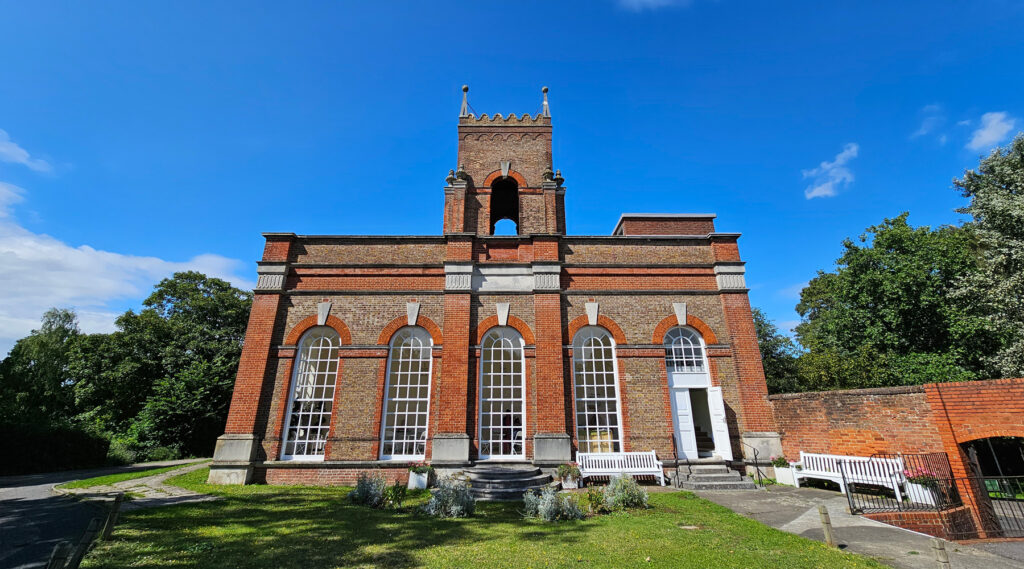
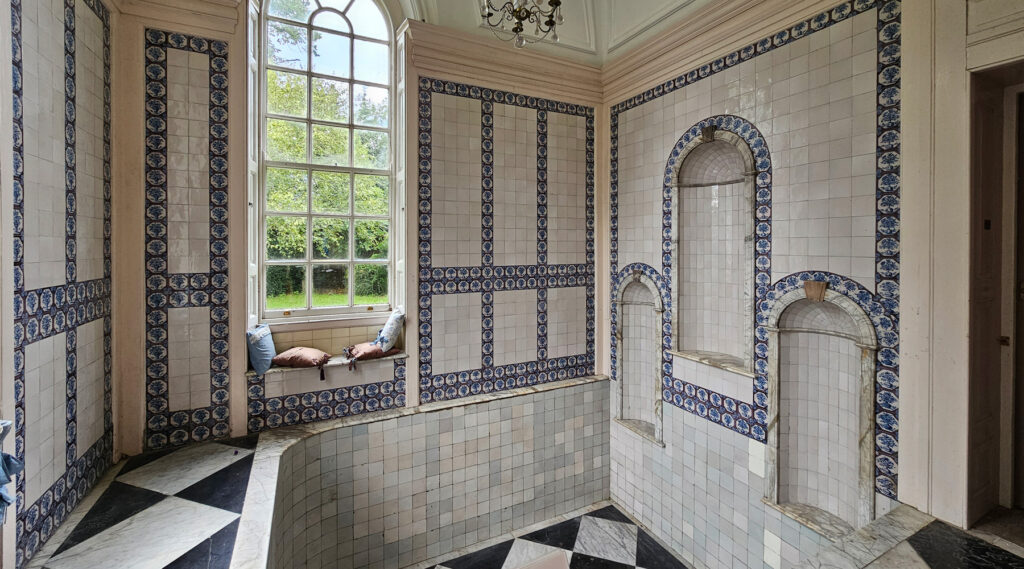
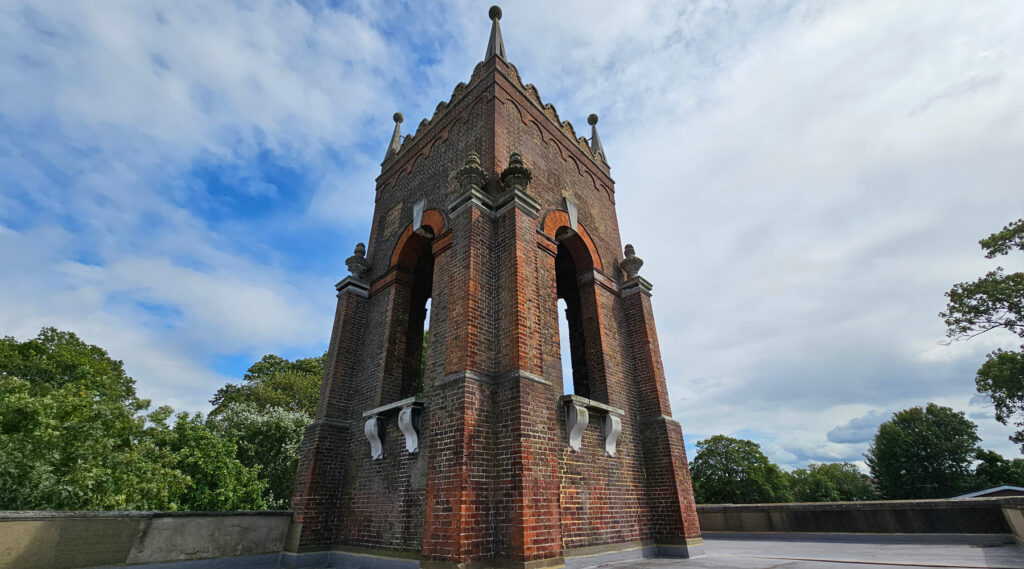
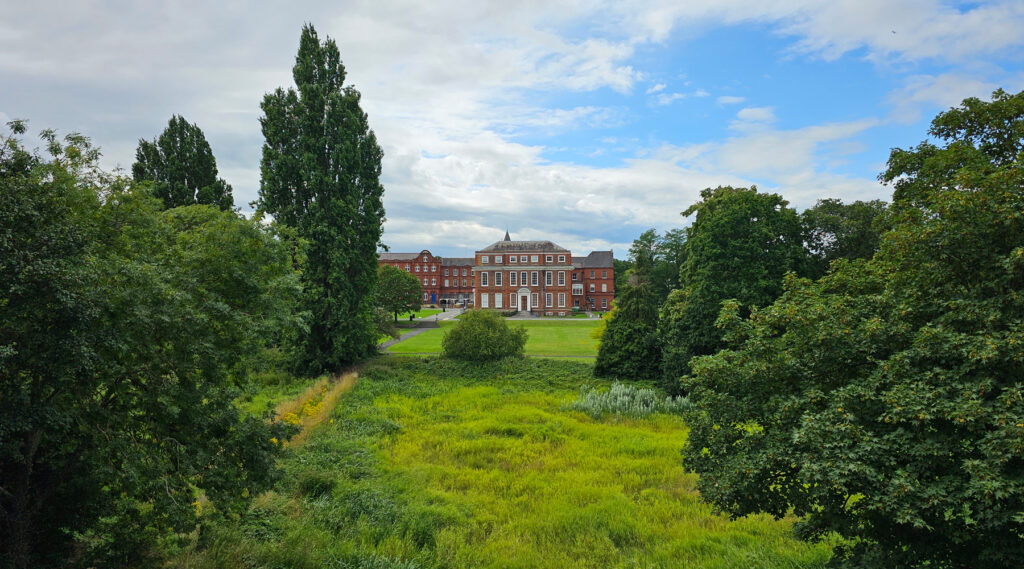
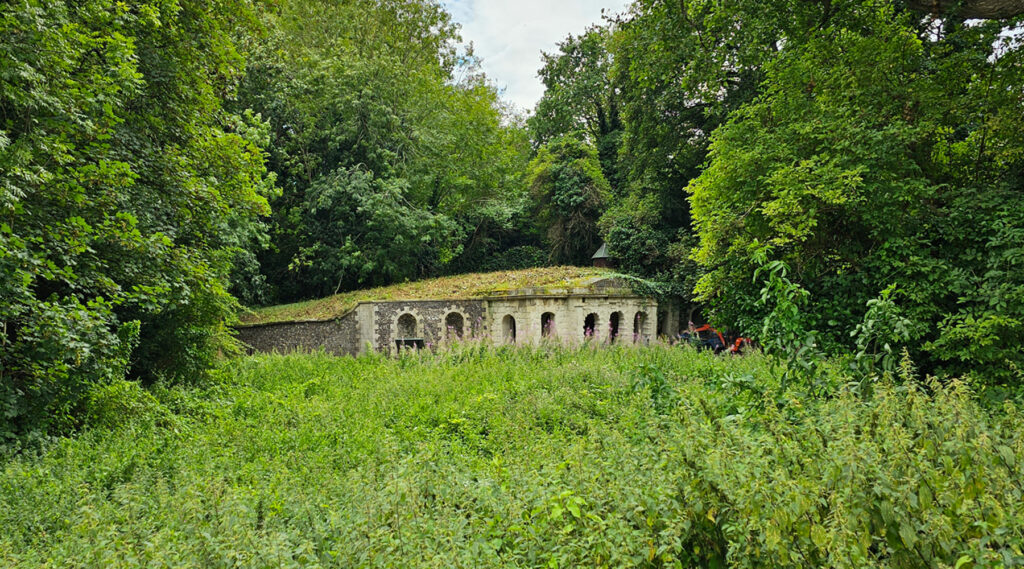
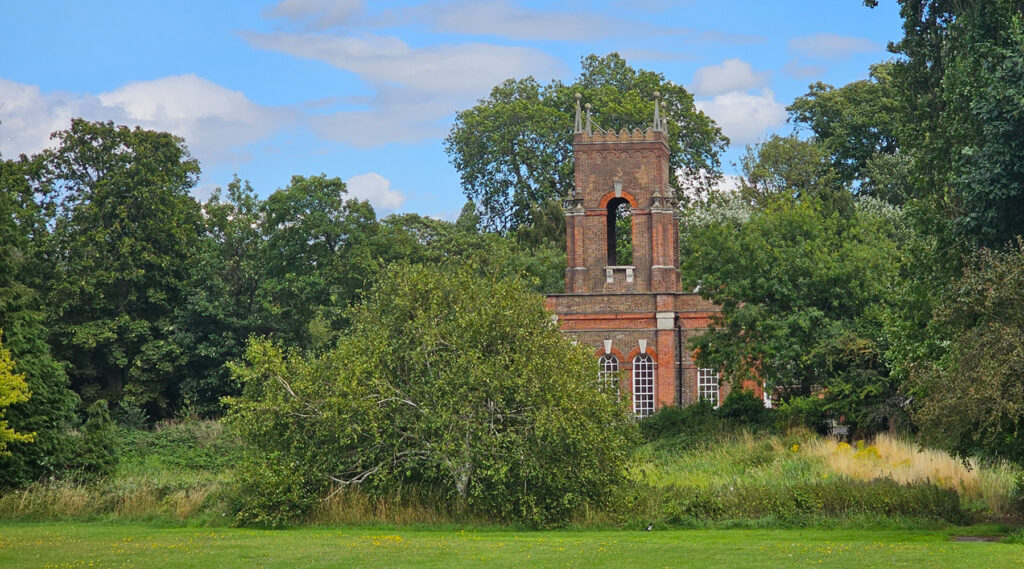
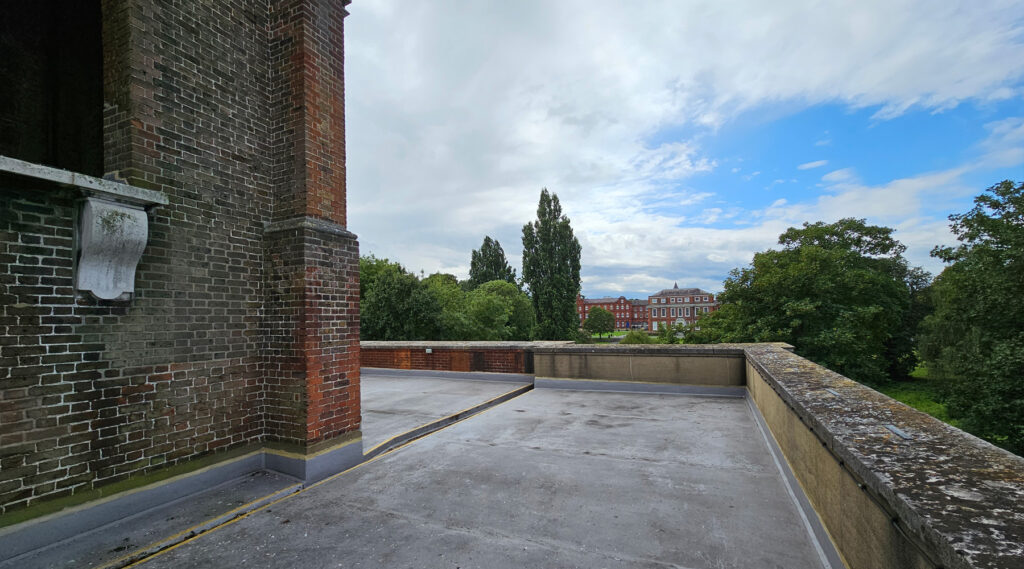
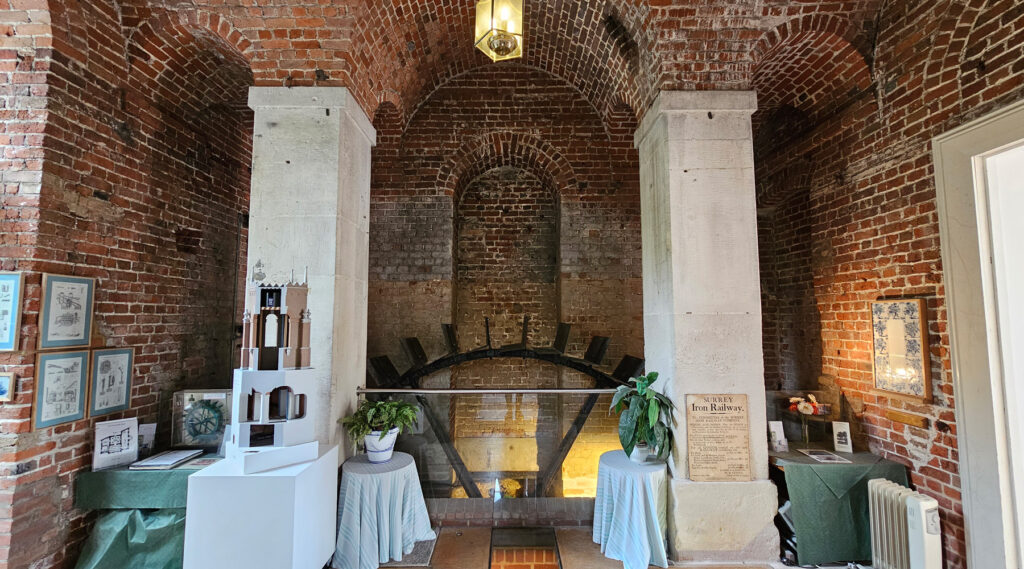






I went up the water tower in the mid sixties. My mother worked in Carshalton House. Not far away is a snuff mill driven by the Wandle which was restored at a million pounds cost and the day after reopening was destroyed by an arsonists! Not far away is The Oaks Park which up to the sixties still had the remains of Lord Derby’s House.
I’m curious as to how it came to be named ‘Hermitage’? I know that rich gentlemen sometimes had hovels constructed on their estates and then paid a peasant to live there as an entertainment for visitors.
Haven’t been to Carshalton for well over 50 years since I went to the tec college.